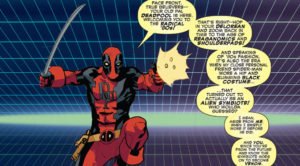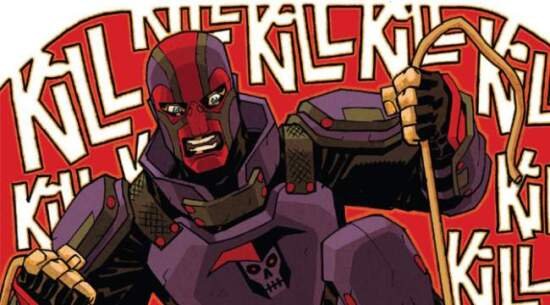
Read a Random Post

Foolkiller #1 (review) Marvel Comics, November 2016 Writer: Max Bemis “Foolkiller” #1 is the start of a new mini-series from American publisher Marvel Comics. It

Guns and comic books have a long-standing relationship, but the use of guns in comic books very much dependent upon the respective comic book sub-genre.
Read a Random Review
From iconic superheroes to underground indie sensations, the World Comic Book Review offers expert analysis and thoughtful reviews to guide you through the dynamic landscape of sequential art.
Do you have comic book projects that you want us to review? Do you want to write for the WCBR? Contact us directly.